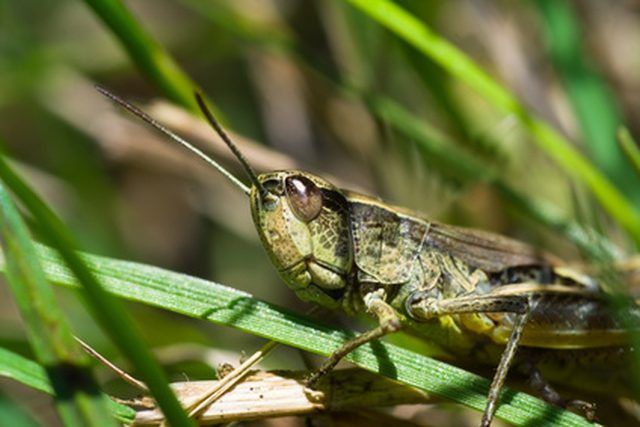Bulbs
Flower Basics
Flower Beds & Specialty Gardens
Flower Garden
Garden Furniture
Garden Gnomes
Garden Seeds
Garden Sheds
Garden Statues
Garden Tools & Supplies
Gardening Basics
Green & Organic
Groundcovers & Vines
Growing Annuals
Growing Basil
Growing Beans
Growing Berries
Growing Blueberries
Growing Cactus
Growing Corn
Growing Cotton
Growing Edibles
Growing Flowers
Growing Garlic
Growing Grapes
Growing Grass
Growing Herbs
Growing Jasmine
Growing Mint
Growing Mushrooms
Orchids
Growing Peanuts
Growing Perennials
Growing Plants
Growing Rosemary
Growing Roses
Growing Strawberries
Growing Sunflowers
Growing Thyme
Growing Tomatoes
Growing Tulips
Growing Vegetables
Herb Basics
Herb Garden
Indoor Growing
Landscaping Basics
Landscaping Patios
Landscaping Plants
Landscaping Shrubs
Landscaping Trees
Landscaping Walks & Pathways
Lawn Basics
Lawn Maintenance
Lawn Mowers
Lawn Ornaments
Lawn Planting
Lawn Tools
Outdoor Growing
Overall Landscape Planning
Pests, Weeds & Problems
Plant Basics
Rock Garden
Rose Garden
Shrubs
Soil
Specialty Gardens
Trees
Vegetable Garden
Yard Maintenance
How to Get Rid of Lubber Grasshoppers
How to Get Rid of Lubber Grasshoppers. Lubber grasshoppers, also known as Eastern lubber grasshoppers, are found throughout the southeastern and south-central United States. Ranging north to North Carolina and west to central Texas--as well all throughout Florida--these large, destructive grasshoppers attack citrus trees, vegetable gardens and...

Lubber grasshoppers, also known as Eastern lubber grasshoppers, are found throughout the southeastern and south-central United States. Ranging north to North Carolina and west to central Texas--as well all throughout Florida--these large, destructive grasshoppers attack citrus trees, vegetable gardens and ornamental plants, and are particularly fond of amaryllis plants. Because of their size--they can exceed 3 inches long--their dull yellow bodies, and the distinctive brick-colored area that shows when their hind wings are exposed, lubber grasshoppers aren't difficult to identify. With some knowledge of the lubber grasshopper life cycle, and the proper techniques for attacking them, increase your odds of banishing these pests from your garden.
Things You'll Need
Heavy-duty tras hbag
Broom
Insecticide containing carbaryl, bifenthrin, or permethrin
Turf insecticide
Pick lubber grasshoppers off plants by hand as they feed, and squash them underfoot. These winged but flightless insects may look sinister, but they don't bite, and are completely harmless to humans. As a defense mechanism, they do secrete a mixture of digested plant material and semi-toxic liquids, commonly called "tobacco juice," but this, too, is harmless.
Round up the grasshoppers with a trash bag and broom if you are squeamish about handling them. Stomp on the bag to kill them, and dispose of the bag in a sealed container.
Apply insecticides containing carbaryl, bifenthrin, or permethrin. Contact the grasshoppers directly; insecticide residue on sprayed plants is not potent enough to kill these hardy pests.
Apply an insecticide that's labeled for turf to your lawn early in spring to kill the young as they hatch and emerge. Females lay eggs in the summer, which overwinter in the soil, with the grasshopper nymphs--black with stripes of yellow, orange or red--emerging in March, and as early as February in Florida. As the nymphs are more vulnerable to insecticide than adults, this is the most effective time to attack them.
Tips & Warnings
Mow your lawn frequently to discourage lubber grasshoppers, and keep weeds and underbrush to a minimum. By removing the amount of vegetation available for them to snack on, you may encourage them to move elsewhere.
Read all pesticide labels carefully, and follow directions exactly. Some insecticides are toxic to fish; read labels carefully before you use any insecticide around a pond or stream.
To avoid staining from "tobacco spit," wear old clothes and thick gloves when rounding up lubbers.